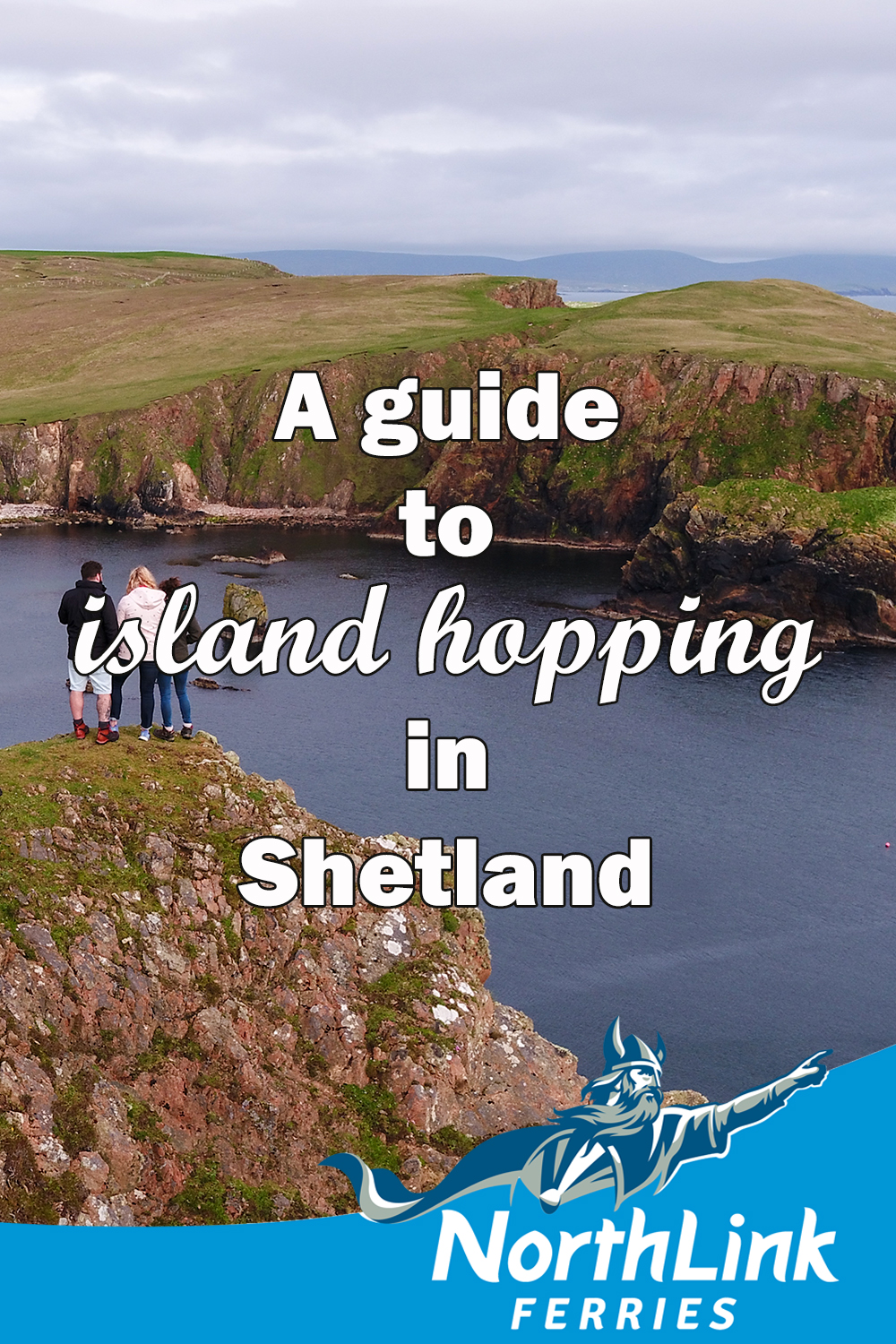A guide to island hopping in Shetland
Looking for an adventure unlike anywhere else in the UK? Welcome to Shetland: an archipelago of over 100 islands — fewer than 20 of which are inhabited—where dramatic coastlines, Viking heritage, and diverse wildlife await.
Island hopping around Shetland is a great way to experience all that the islands have to offer. Whether it’s standing at the northernmost point of the UK in Unst or visiting Shetland’s southernmost point in Fair Isle – known for its famous knitting heritage – each island offers something unique for visitors to experience.
Whether you are interested in the history of the islands and its wonderful wildlife, or simply someone in search of breathtaking scenery, this guide will help you find your Shetland by showcasing various islands and their must-see attractions.
Thinking about exploring the Orkney Islands too? Check out our guide to island hopping in Orkney blog here.
Travelling to and around Shetland
NorthLink Ferries operate nightly sailings to and from the Shetland Islands on board the MV Hrossey and MV Hjaltland. Every evening, one ship travels from Aberdeen to Lerwick (Shetland’s capital) while the other ship sails from Lerwick to Aberdeen. One ship will sail directly whilst the other stops off at Hatston in Orkney.
Once you have arrived in Shetland, travelling around the islands is easy! The Shetland Islands Council operate the inter-island ferries around Shetland (aside from the journey to Foula which is operated by BK Marine). Alternatively, you could hop on an inter-island flight operated by Airtask from Tingwall Airport to Fair Isle and Foula.
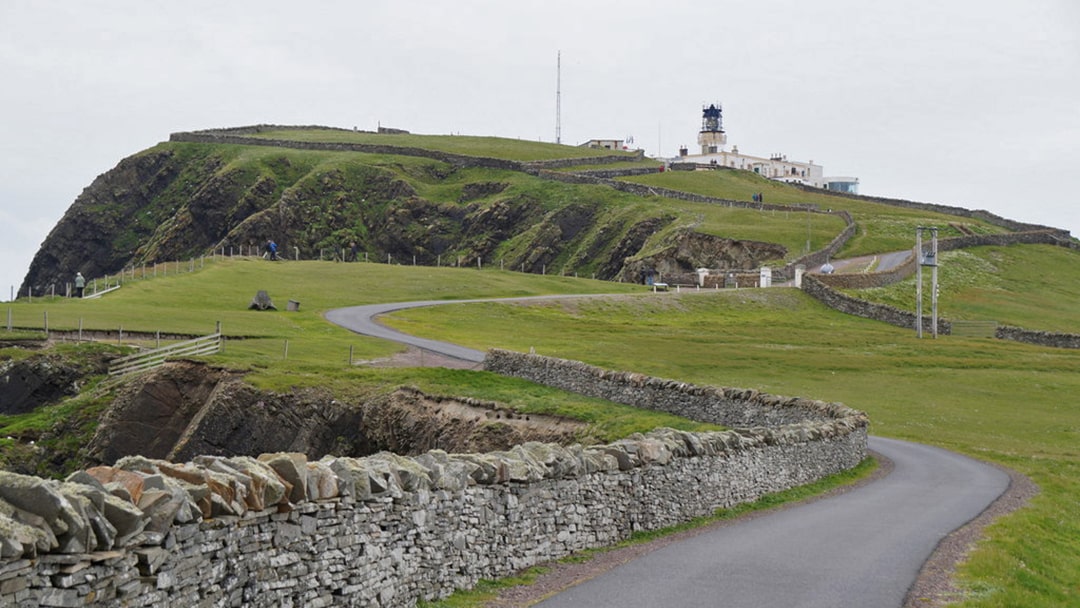
Mainland Shetland
Mainland Shetland is the vibrant heart of the archipelago, rich in history, wildlife, and dramatic coastal scenery. No two places are the same as the landscape of Mainland Shetland varies greatly. There is the black volcanic clifftop at Eshaness, the loch-studded moorland at Da Westside, sweeping fertile land in the South Mainland, the flooded landscape of Weisdale and Whiteness, and the red granite which makes up Muckle Roe. With plenty of shops, restaurants, art galleries and museums to explore, Mainland Shetland is the perfect base for exploring Shetland.
Top attractions in Mainland Shetland:
- St Ninian’s Isle – This 500m symmetrical curving beach connecting St Ninian’s Isle to the mainland is the largest active tombolo in the UK and is one of Shetland’s most striking coastal features.
- Jarlshof – A fascinating archaeological site spanning 4,500 years where visitors can see the evolution of human habitation with buildings from the late Neolithic period right through to the 1600s.
- Sumburgh Head – At the southernmost point of Mainland Shetland, Sumburgh Head is home to 100m tall cliffs with thousands of nesting seabirds, and a historic lighthouse perched on top.
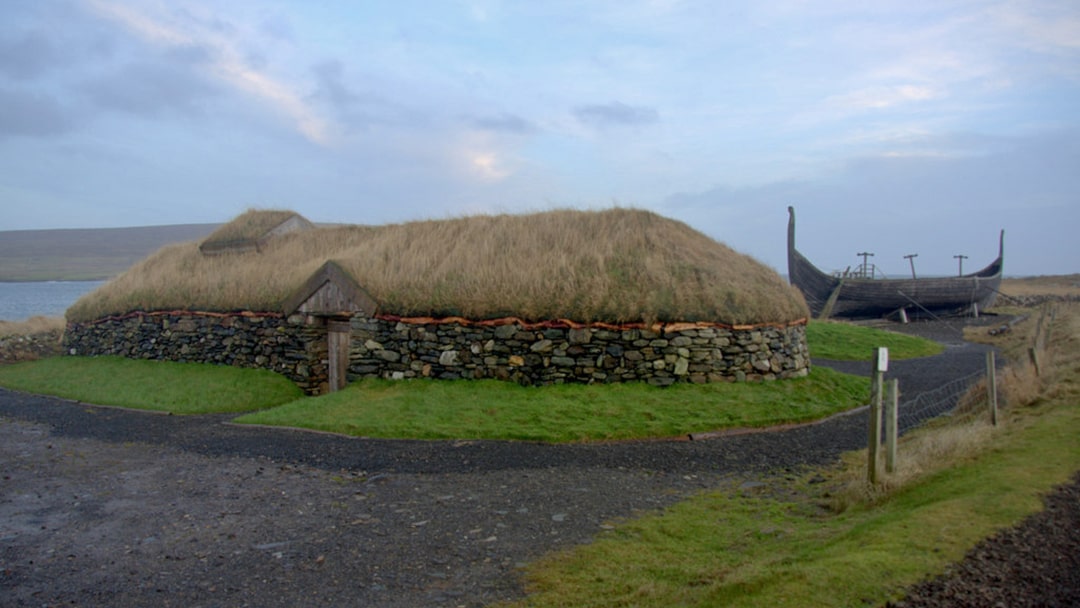
Unst
Unst, the most northerly island in Britain, is believed to be the first footfall of Vikings arriving to Shetland. Unst is home to the highest density of rural Viking sites anywhere, including Scandinavia, making the island a must-see for those interested in Shetland’s Viking roots.
Top attractions in Unst:
- Hermaness Nature Reserve – A breathtaking headland with striking coastal scenery, Britain’s largest seabird colonies and views out to Muckle Flugga Lighthouse – the northernmost point of the UK.
- Viking Unst – Discover the remains of at least 60 Viking longhouses Viking longhouses and, in Haroldswick, explore the reconstruction of a longhouse and the ‘Skidbladner’ (a replica Gokstad ship).
- Muness Castle – One of just two castles in Shetland (the other being found in Scalloway), this 16th century tower house is the most northerly castle in the UK.
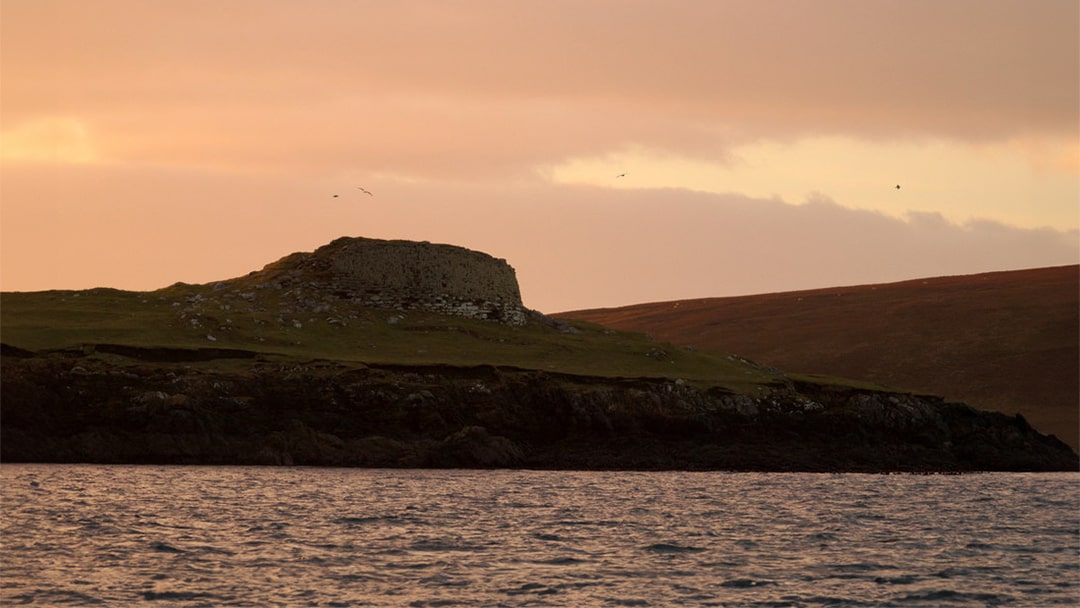
Yell
Yell is Shetland’s second-largest island, known for its wild moorlands, scenic coastlines and abundant wildlife – especially otters! Quiet and unspoiled, it’s perfect for nature enthusiasts with beautiful beaches, and archaeological sites to discover.
Top attractions in Yell:
- Burraness Broch – A lovely 1.5 mile out-and-back walk from North Sandwick will lead you to this 2,000-year-old broch which still stands several metres tall with commanding sea views.
- Old Haa Museum – Located in a traditional haa (or laird’s house) which dates to 1672, this museum features changing displays about the culture and history of Yell.
- Sands of Breckon – A pristine white sandy beach up in the northern end of the island backed by sand dunes. Traces of Viking and pre-Viking settlements going back over 4,000 years can be found around the beach.
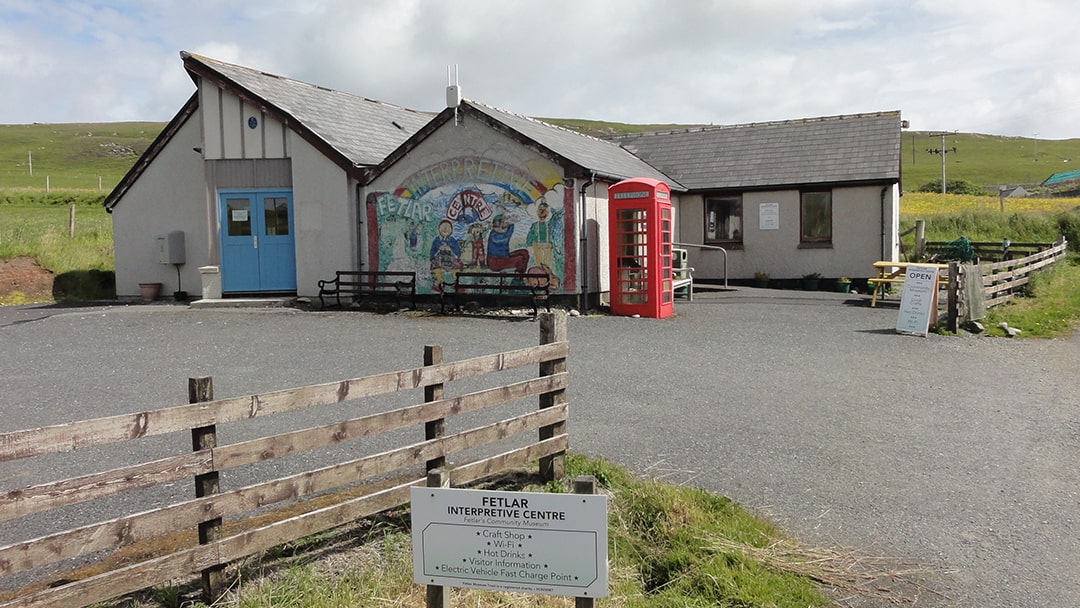
Fetlar
Nicknamed the ‘Garden of Shetland’, Fetlar showcases lush green landscapes, vibrant wildflowers, and diverse birdlife. Its fertile scenery, ancient history, and tranquil beaches make it an ideal spot for hikers, birdwatchers, and peaceful getaways.
Top attractions in Fetlar:
- The Snap – On the southeast end of Fetlar, there is a fine circular walk around Funzie Ness taking you past the Snap; one of Fetlar’s most impressive and dramatic natural arches.
- Fetlar Interpretive Centre – A small but excellent community-run museum and visitor centre with fascinating displays on geology, history, folklore, wildlife and notable local people.
- Tresta Beach – A peaceful and sheltered beach backed by steep slopes and the fishing loch of Papil Water. Tresta is one of only five Shetland beaches to receive a Seaside Award.
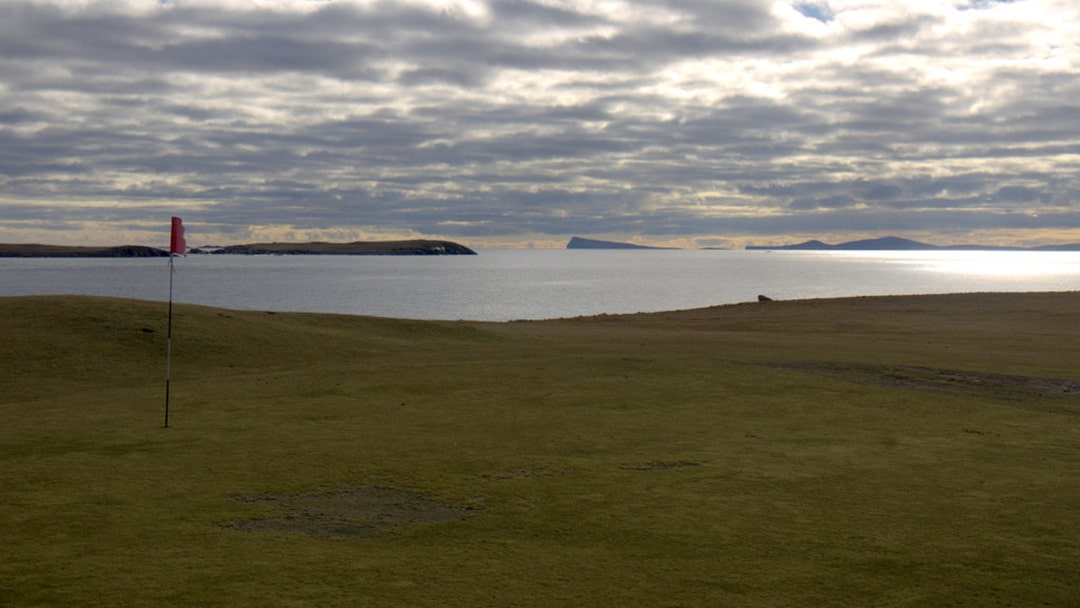
Whalsay
Known as the ‘Bonny Isle’, Whalsay offers rolling green hills, scenic coastal walks and a strong fishing heritage. Visitors can explore ancient Neolithic sites, play at the UK’s northernmost 18-hole golf course, and immerse themselves in local island culture.
Top attractions in Whalsay:
- Whalsay Golf Course – Sure to make for a memorable round of golf, Whalsay is home to the UK’s most northerly golf course which is enclosed by the sea on all sides.
- Benie Hoose and the Standing Stones of Yoxie – A pair of Neolithic farmsteads found in Pettigarths Field where some 1,800 artefacts were discovered during excavation in the 1950s.
- Whalsay Heritage and Community Centre – A vibrant hub preserving and sharing the local heritage and traditions of Whalsay with permanent and seasonal displays.
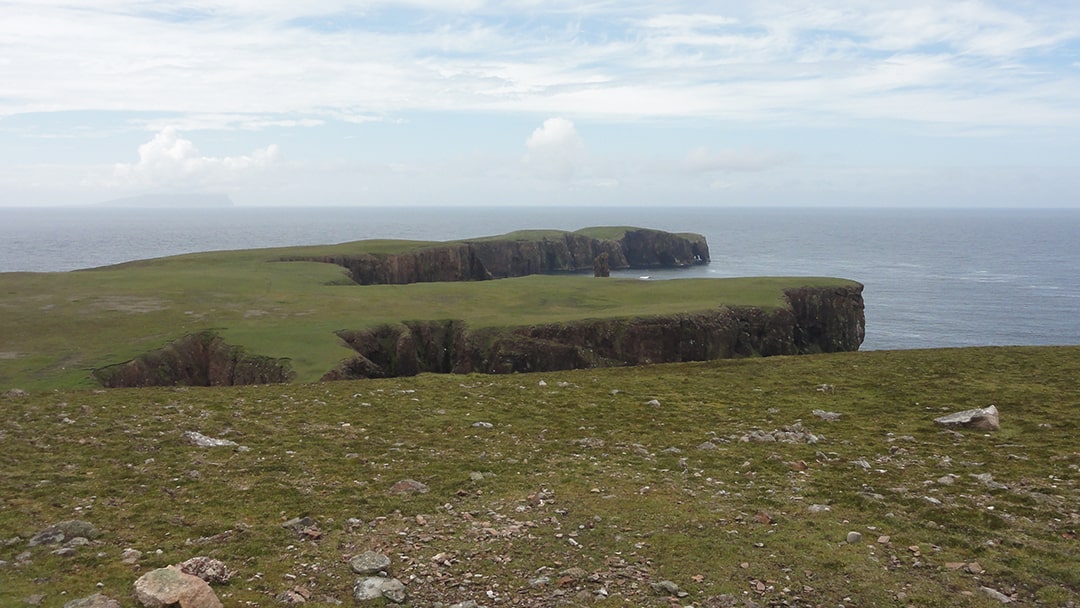
Papa Stour
Papa Stour, off Shetland’s west coast, is renowned for its spectacular sea caves, arches and stacks carved by the ocean. It’s a paradise for walkers and photographers with dramatic coastal formations to explore.
Top attractions in Papa Stour:
- Papa Stour Kirk – A 200-year-old church with a poignant stained-glass window honouring the lives of Papa Stour men who lost their lives in the First World War.
- Kirstan’s Hole – One of the finest sea caves in Britain, Kirstan’s Hole is a spectacular cave that has partially collapsed forming a ‘gloup’, allowing hikers to see deep down into the cave from the clifftops.
- Reconstructed Norse Stofa – A partially reconstructed stofa (a mediaeval Norse wooden house) and it is from this site where Shetland’s oldest document from 1299 originates.
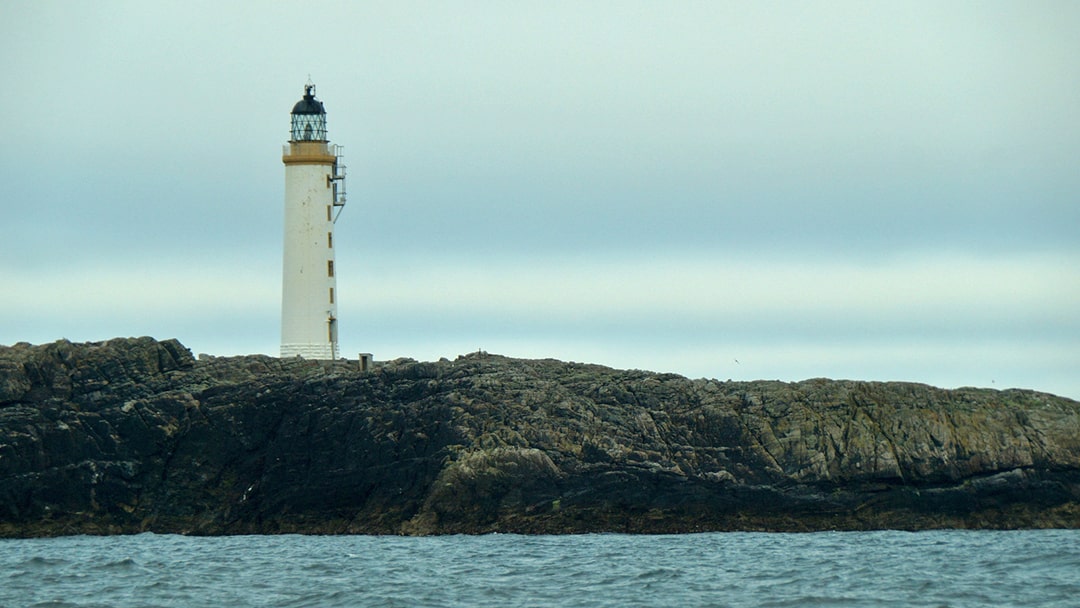
Out Skerries
The Out Skerries are Shetland’s most easterly islands, known for their seafaring heritage and striking coastal landscapes – perfect for a unique off-the-beaten-path adventure.
Top attractions in Out Skerries:
- Bound Skerry Lighthouse – Built in 1858 to replace a temporary light was built on Grunay, the imposing Bound Skerry Lighthouse stands sentinel over Scotland’s most easterly point.
- Battle Pund – An intriguing 42-foot-wide stone circle established during the Bronze Age some 4,000 years ago thought to be either a ceremonial or combat site in ancient times.
- Diving – There are three historic shipwrecks from the 17th and 18th centuries surrounding the Out Skerries that remain popular for keen divers (note: permission is required before diving).
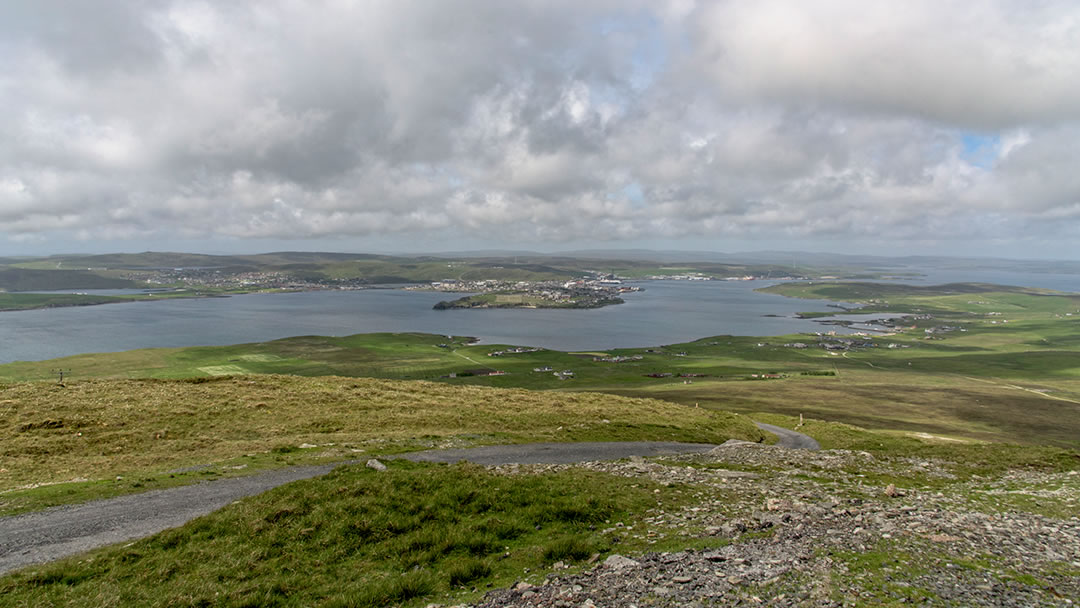
Bressay
Bressay is an easily accessible island just a short ferry ride from Lerwick, offering rugged coastlines, historical sites, and stunning views. Its rich wildlife, archaeological ruins, and proximity to Noss National Nature Reserve make it a must-visit for history and nature lovers.
Top attractions in Bressay:
- Ward of Bressay – The Ward of Bressay is the island’s highest point which reaches 226m tall. Those who climb to the top will be rewarded with superb panoramic views across Shetland.
- Noss National Nature Reserve – Hailed as one of Europe’s finest wildlife sites, Noss is a small neighbouring island of Bressay separated by a 150m channel. With striking 180m-tall cliffs home to 100,000 pairs of breeding seabirds, Noss is a must-see for wildlife lovers.
- Bressay Heritage Centre – Found next to the Bressay ferry terminal, the heritage centre showcases displays spanning from the island’s early days with the Picts and Norse through to modern times.
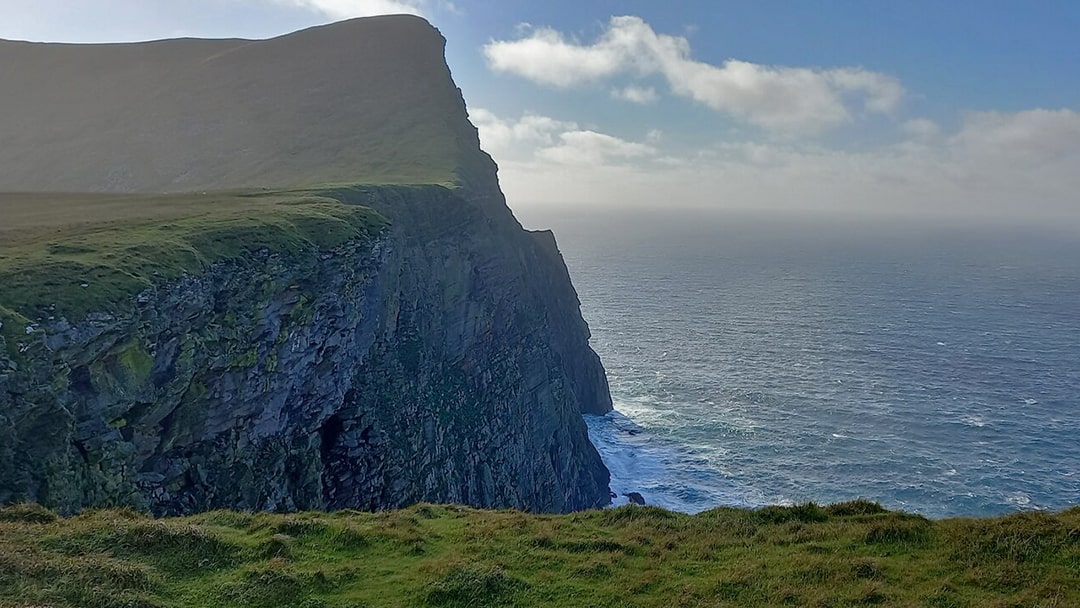
Foula
Remote and rugged, Foula offers breathtaking cliffs and a unique jagged landscape giving visitors the feeling of being at the ‘edge of the world’. Its dramatic sea stacks, towering cliffs and serene isolation make it perfect for adventurous explorers.
Top attractions in Foula:
- The Gaada Stack – Found on the north coast of the island, the Gaada Stack is an extremely distinctive and awe-inspiring two-arched sea stack that reaches 130-feet-tall.
- Foula’s Four Peaks – Perfect for hillwalkers, Foula’s west coast gives rise to four dramatic peaks: Da Noup, Da Sneug, Da Kame and Soberlie which range from 150m to over 370m tall. In fact, the 376m sheer drop at the back of Da Kame is the second highest sheer sea cliffs in the UK.
- Birdwatching – Named after Old Norse ‘Fugla-ey’ meaning ‘bird island’, Foula is inhabited by a wide variety of birdlife including great skuas, puffins, kittiwakes, guillemots, and fulmars.
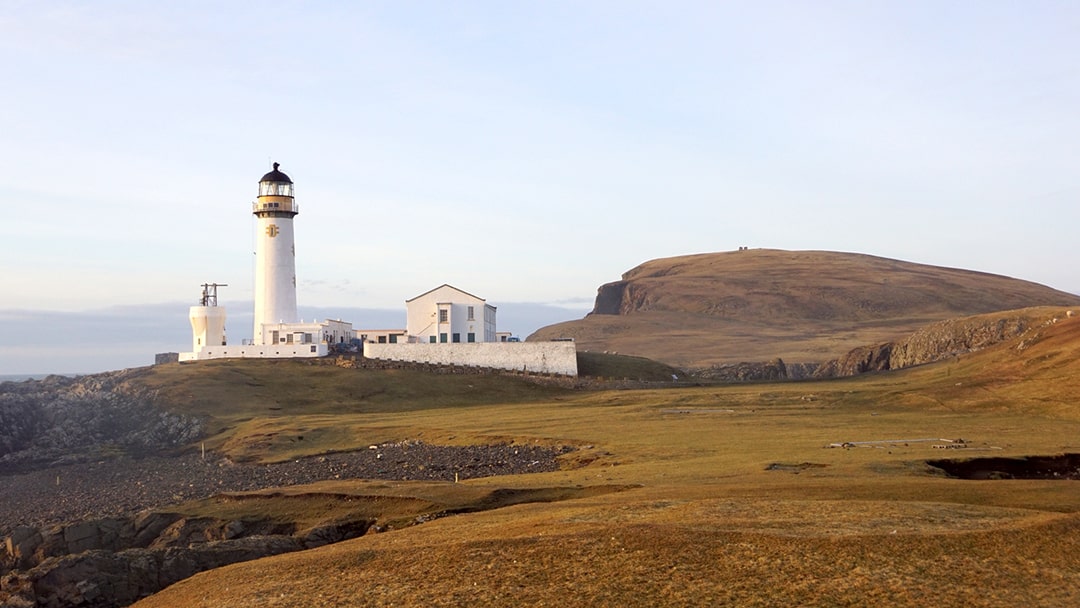
Fair Isle
Fair Isle, located mid-way between Orkney and Shetland, is the most remote inhabited island in the UK famed for its birdwatching, vibrant knitwear patterns, and dramatic landscapes.
Top attractions in Fair Isle:
- The George Waterson Centre – Discover Fair Isle’s heritage, from shipwrecks to Fair Isle knitting, in this engaging museum named after a local pioneering ornithologist.
- Two Lighthouses – Fair Isle’s pair of lighthouses were built on opposing ends of the island in 1892, with the South Lighthouse holding claim as the last manned lighthouse in Scotland.
- The Lighthouse Keeper’s Golf Course – Have a swing at the most remote golf course in the UK! This six-hole course is set upon jagged cliffs and peninsulas making for a challenging yet adventurous round of golf.
 By Amy Leith
By Amy LeithBorn and raised in Aberdeen with an admiration for Orkney and Shetland, loves to travel and visit new places, enjoys cooking, always listening to music, spends a little too much time on TikTok.
Pin it!